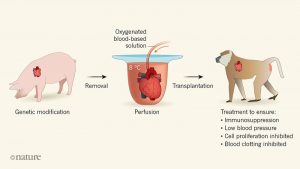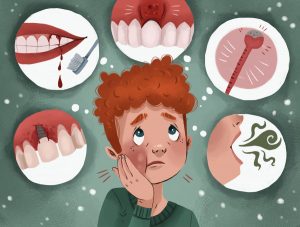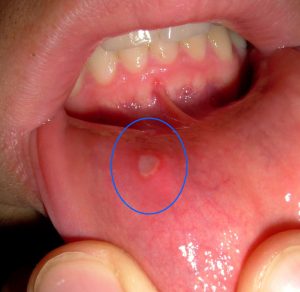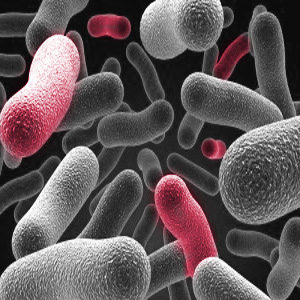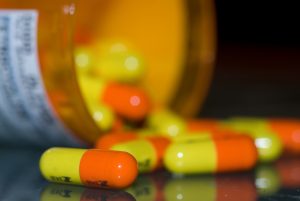As final exams approach and deadlines are surmounting so is stress. Stress can be seen as both a good and bad thing depending on how you react to these situations that cause it. The dictionary describes stress as a state of mental or emotional strain or tension resulting from adverse or very demanding circumstances. This natural response of our body can trigger other response systems such as our immune system and fight-or-flight response.
Downsides of Stress:

Stress can overwhelm you. Source: Yuganov Konstantin/Shutterstock
For many years we have been told that too much stress is a bad thing. That chronic stress will decrease our lifespans and cause a host of other health issues including anxiety, high blood pressure, and depression. This still stands, as the more stress that you have in your body the more detrimental it is to your health as your body fills with epinephrine and cortisol. Epinephrine and cortisol effect your heart by changing the width of your arteries, contracting them so your heart has to work twice as hard to pump blood through your system.
Benefits of Stress:
However, there can be upsides to stress. But this involves a mind-shift, looking as stress as your body rising to the challenge you are presenting it with. It can help motivate you to complete your goals, accomplish tasks efficiently or even boost your memory. When you change the way that you think about stress it can be used as a benefit. Stress can also help you face fears and overcome challenges. The only downside to accessing the full benefits of stress is the major mind-shift that you would need to undergo. But if you can accomplish that then the negative effects that stress can do to your body are in fact mitigated. This major study done by Harvard University speaks to the benefits that stress can offer when you change your mindset.
In conclusion, stress can be your friend if you know how to use it.

Stress as a benefit, changing the mindset. Source: fizkes/Shutterstock
The following video presents TED talk by Kelly McGonigal, a health psychologist specializing in stress management, on the findings of another study focusing on the way people think about stress:
~Christina M


